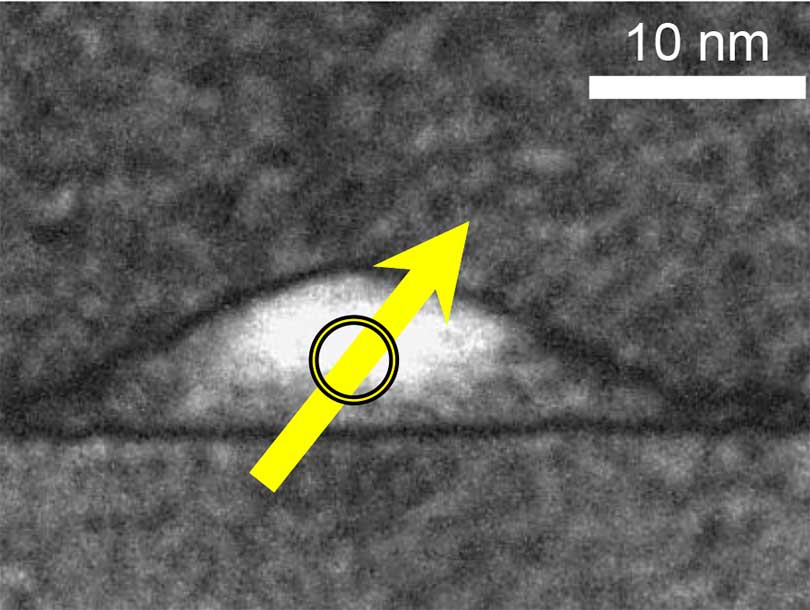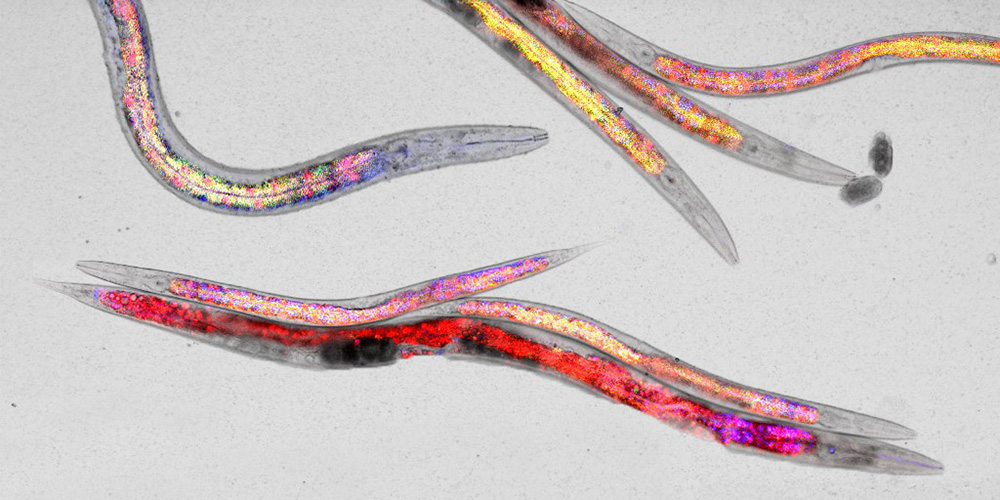A new Type of Quantum Bit
In a quantum computer, quantum states form the smallest information units and replace the binary code used by today’s computers. Until now, these so-called qubits were typically created in a semiconductor using individual electrons, but these were vulnerable to dephasing. Now, an international team of researchers led by physicists from the University of Basel has succeeded in using a missing electron to create a qubit. The team reported its findings in the journal Nature Materials.
26 July 2016
In the computers of the future, information will be stored in the form of quantum bits, or qubits for short. Qubits are based on the principles of quantum physics and can adopt additional states besides the binary states of zero and one, paving the way for entirely new possibilities.
In approaches using conventional semiconductor materials, scientists typically created qubits in the form of individual electrons. However, this caused dephasing, and the information carriers were difficult to program and read. Now, researchers from the University of Basel, Ruhr University Bochum, and the Université de Lyon have overcome this problem by using holes – instead of electrons – to create qubits.
Electrons as qubits
In order to create qubits in the form of electrons, an electron is placed within an enclosed area of a semiconductor; these areas are known as quantum dots. The spin – that is, the intrinsic angular momentum – causes the electron to behave as a small permanent magnet. By applying an external magnetic field, researchers can influence the spin and cause it to rotate. They can then use the direction of this rotation to encode information.
The problem is that the nuclear spins of the surrounding atoms also generate magnetic fields, which distort the external magnetic field in a random, unpredictable way. This interferes with the way the qubits are programmed and read. The team thus began searching for an alternative method. Their solution: instead of locking a single electron inside the quantum dot, the researchers led by Prof. Richard Warburton from the University of Basel's Department of Physics removed a specific electron. This creates a positively charged hole in the collection of electrons.
Advantages of electron holes
A hole also has a spin, and the researchers were able to manipulate this using magnetic fields in order to encode information. As a hole is positively charged, it avoids the surrounding atoms’ nuclei, which are also positively charged. Holes are thus effectively immune to the dephasing effects of the nuclear spins.
In their experiments, the Basel-based physicists enjoyed access to new types of semiconductor chips from researchers at Ruhr University Bochum. These chips are able to trap not only individual electrons but also individual holes to quantum dots.
“Inspired by theoretical work carried out by Prof. Daniel Loss’s group here in Basel, we’ve been trying to implement these concepts for quite some years. However, we found that conventional semiconductor chips are not suitable for hole spin experiments. With the chips from our partners in Bochum, we were finally able to carry out the experiment. The results are better than I’d ever expected – the hole can barely sense the nuclear spins!” says Prof. Richard Warburton.
The project received funding from, among other sources, the National Center of Competence in Research “Quantum Science and Technology” (NCCR QSIT), the Swiss National Science Foundation, and the European Union under the FP7 program.
Original source
Jonathan H. Prechtel, Andreas V. Kuhlmann, Julien Houel, Arne Ludwig, Sascha R. Valentin, Andreas D. Wieck, Richard J. Warburton
Decoupling a hole spin qubit from the nuclear spins
Nature Materials (2016), doi: 10.1038/nmat4704
Further Information
Prof. Dr. Richard Warburton, University of Basel, Department of Physics, tel. +41 61 267 35 60, email: richard.warburton@unibas.ch



